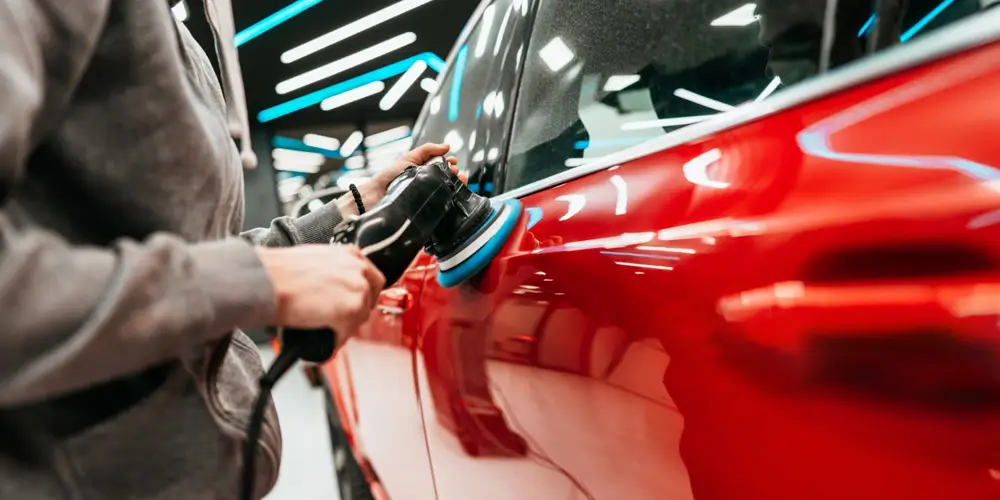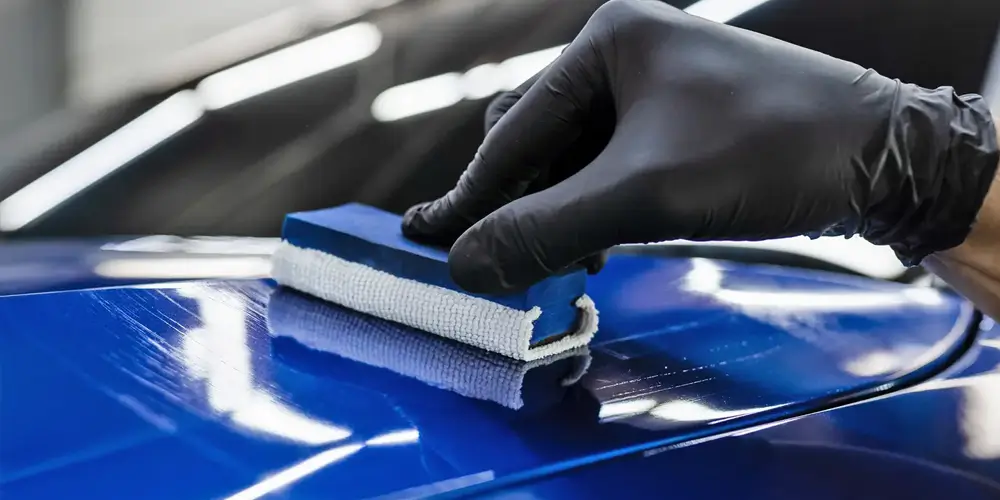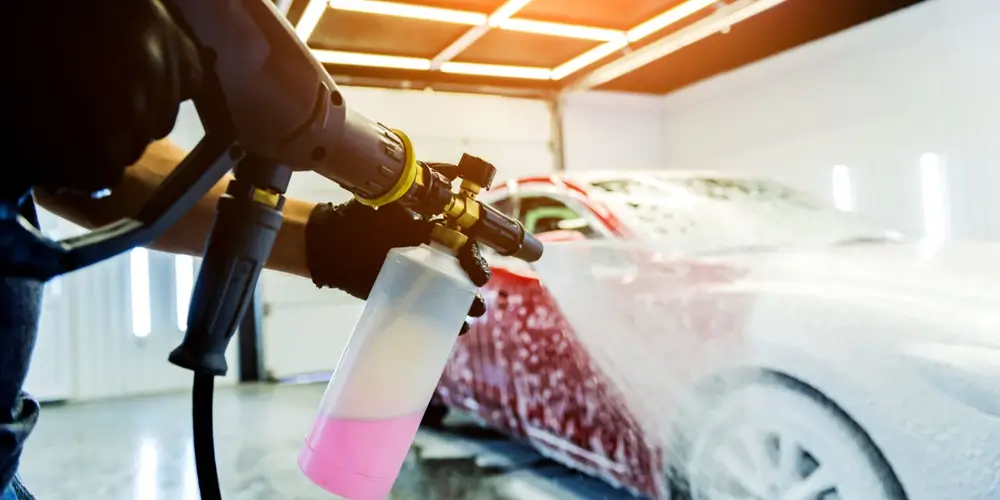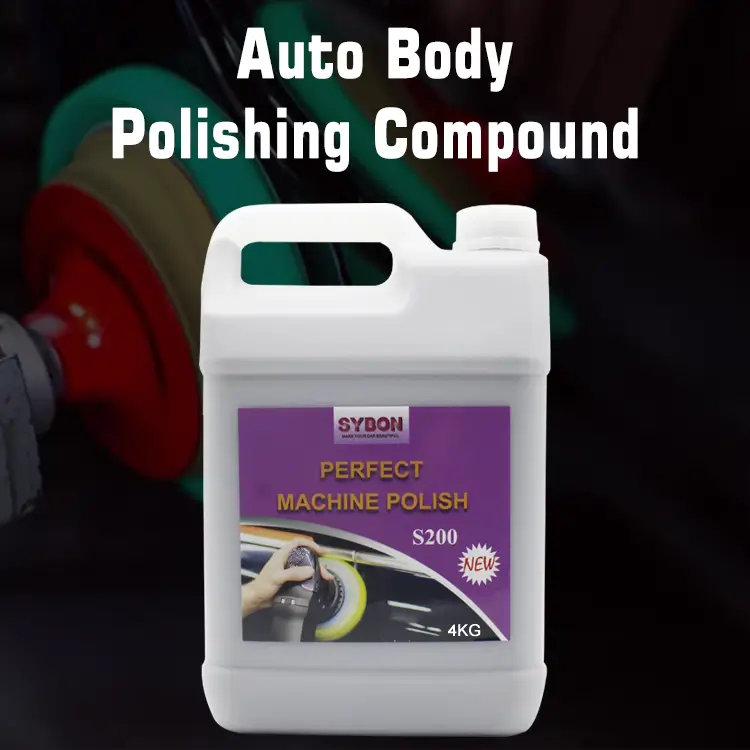Auto Body Polishing Compound
In the realm of automotive care and maintenance, achieving a flawless finish on a vehicle's body is a paramount goal for enthusiasts and professionals alike. The process of auto body polishing plays a crucial role in attaining this perfection. At the heart of this process lies the auto body polishing compound, a specialized product engineered to restore and enhance the appearance of automotive surfaces. In this comprehensive guide, we delve into the intricate world of auto body polishing compounds, exploring their composition, application methods, benefits, and the key considerations for selecting the right product.
Understanding Auto Body Polishing Compound
Auto body polishing compound, often referred to simply as polishing compound, is a formulation designed to remove imperfections from automotive paint surfaces and restore their shine and luster. It is a type of abrasive material suspended in a paste or liquid medium, specifically formulated to eliminate scratches, swirl marks, oxidation, and other blemishes that diminish the aesthetic appeal of a vehicle's exterior.
Composition
The composition of auto body polishing compounds can vary significantly depending on the intended application and desired results. However, most formulations consist of abrasive particles, lubricants, solvents, and additives. The abrasive particles are responsible for physically abrading the surface to remove imperfections, while lubricants and solvents aid in the smooth application of the compound and help prevent damage to the paint. Additives may include gloss enhancers, UV protectants, and chemical cleaners to further enhance the final finish and provide long-lasting protection.
Application Methods
Auto body polishing compounds can be applied using various methods, including hand application, dual-action orbital polishers, rotary polishers, and even automated buffing machines in professional detailing facilities. Hand application involves using a microfiber or foam applicator pad to apply the compound in small circular motions, working it into the surface until the desired level of correction is achieved. Machine polishing, on the other hand, offers greater efficiency and consistency, especially for larger surface areas or more severe defects.
Benefits
The use of auto body polishing compounds offers several benefits, both aesthetic and protective, for vehicle owners and detailing professionals:
1.Restores Gloss and Shine: By removing surface imperfections, polishing compounds can restore the original gloss and shine of automotive paint, giving the vehicle a showroom-quality finish.
2.Removes Imperfections: Scratches, swirl marks, water spots, and other defects are effectively eliminated, leaving behind a smooth and flawless surface.
3.Enhances Paint Clarity: Polishing compounds can enhance the clarity and depth of paint colors, making them appear more vibrant and dynamic.
4.Provides UV Protection: Many polishing compounds contain UV inhibitors and protectants that help shield the paint from harmful ultraviolet rays, reducing the risk of fading and deterioration over time.
5.Prepares Surface for Waxing or Sealing: By cleaning and smoothing the paint surface, polishing compounds create an ideal foundation for the application of wax, sealant, or ceramic coatings, ensuring maximum adhesion and durability.
Key Considerations for Selection
When choosing an auto body polishing compound, several factors should be considered to ensure optimal results and compatibility with the specific requirements of the vehicle and its paint finish:
1.Abrasive Level: Different polishing compounds offer varying levels of abrasiveness, ranging from mild to aggressive. The choice of abrasive level should be based on the severity of defects and the hardness of the paint.
2.Paint Type: The type of automotive paint, whether clear coat, single-stage, or ceramic, can influence the selection of the appropriate polishing compound. Some formulations are specifically designed for use on certain types of paint to achieve the best results without causing damage.
3.Application Method: Consideration should be given to the preferred application method, whether by hand or machine, as well as the equipment available for the task.
4.Desired Finish: The desired level of gloss, clarity, and surface smoothness will also dictate the choice of polishing compound. Finer abrasives are suitable for achieving a high-gloss finish on well-maintained paint, while more aggressive compounds may be necessary for correcting deeper defects.
5.Environmental Factors: Environmental conditions, such as temperature and humidity, can affect the performance and drying time of polishing compounds. Choose products that are suitable for the prevailing conditions to avoid issues such as product residue or streaking.
Conclusion
Auto body polishing compounds are indispensable tools in the pursuit of automotive perfection, offering a solution to the myriad imperfections that detract from the beauty and integrity of a vehicle's exterior. With their advanced formulations and versatile application methods, these compounds empower enthusiasts and professionals alike to achieve stunning results and preserve the aesthetic appeal of automotive finishes for years to come. By understanding the composition, application methods, benefits, and key considerations for selection, individuals can harness the full potential of auto body polishing compounds to elevate their detailing efforts to new heights of excellence.
Source of this article:https://www.sybonbest.com
Get to know us through more channels:




